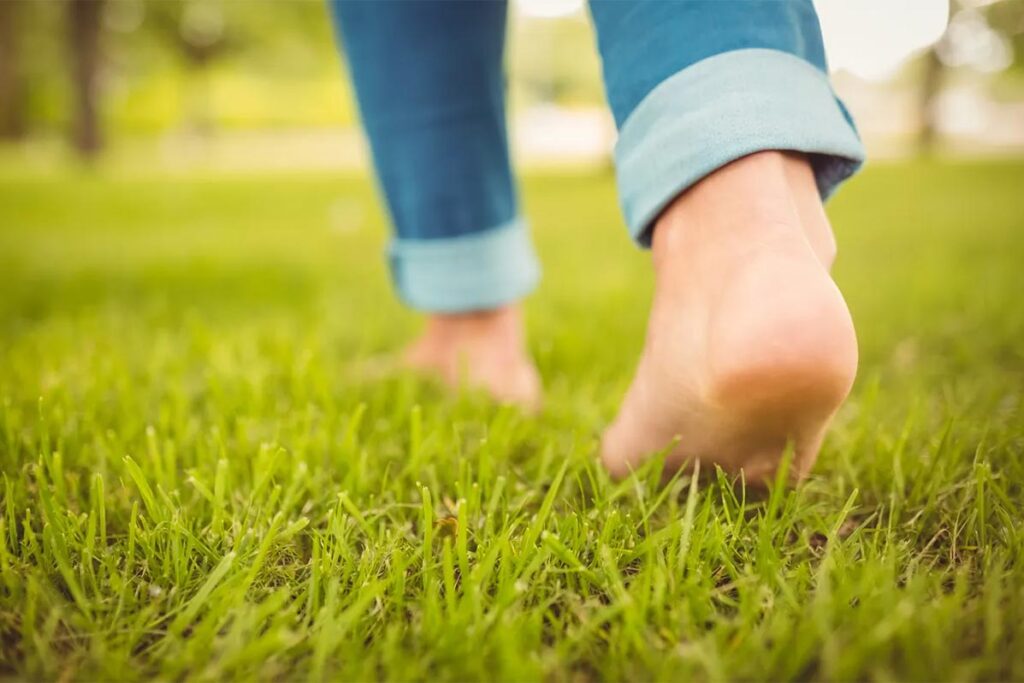If you’re in America, you’ve probably seen, or heard about, the cicadas this year. It’s a big story where I live in Illinois.
In case you haven’t, here’s the news: There are a lot of cicadas this year. Like, a lot. Not just millions. Not just billions. Literally trillions of cicadas.
For the uninitiated, cicadas are these harmless but pretty big bugs that come out of the ground in the late spring to lay their eggs. They make a lot of noise. That happens every year.
But this year there are two broods, or subspecies, that are coming out at the same time. One of them only emerges every 13 years.
The other only comes out every 17 years. And — quick math, 13 times 17 equals 221 — that means the last time these two broods of cicadas were out and about at the same time was when Thomas Jefferson was president.
Pretty cool. Also, pretty noisy.
In our house, the creature who is happiest about this is Phoebe, our dog. (If you are a newer listener to the podcast, welcome to a Phoebe episode!)
Why is Phoebe so happy, you ask? Ah: Because these cicadas are all over the sidewalk and they are evidently quite the tasty snack. Every time she sees one of these buggers, she wants to dive at it and eat it up.
Now, of course, you’re asking the question any good Jewish parent would ask: Bubblele, is that healthy? So I did what any dog owner would do and googled it.
And according to Dr. Google, the answer is: Ehh… maybe not. Seems a few aren’t going to be bad for her, but more than a few and she is likely to get an upset stomach or worse.
This puts me in a difficult position. Phoebe needs her walks. But she also needs to restrain herself from the cicadas, which she’s not able to do.
My wife has tried walking her in the street, where there are fewer bugs than on the sidewalk, but that can have its own challenges.
I’m considering a muzzle. (Side note: the muzzle question is actually really interesting, since the Torah explicitly prohibits muzzling a working farm animal, but Jewish law allows muzzling an animal if eating will make it sick; love me some Talmud!)
Regardless of what we do, our regular walks ain’t what they used to be. And that’s its own disruption to the regular rhythms of our life.
Phoebe and I have routes we take every day — one route that goes west, the other route that goes east. And I like the regularity of those routes.
I know the spots where the sidewalk buckles a little bit or where Phoebe particularly likes to poop. I can observe the slow daily changes in my neighbors’ gardens and see the progress on their home improvement projects.
I’m used to the places we go and the pace we move at, and now a lot of that is a bit disrupted.
But as my colleague at the Institute for Jewish Spirituality, Rabbi Marc Margolius, likes to say: “What an opportunity for mindfulness practice!”
If our regular walks can lull us into absent-mindedness, the disruption to our regular rhythm can actually be a great chance to be more mindful and present.

There’s something especially powerful about mindfulness and walking. So often we think of mindfulness practices as sitting still.
Most of the meditations I teach on this podcast are those kinds of practices. You know, where the music comes on and I get in my meditation teacher voice and invite you to assume a dignified and upright posture…
But the truth is that there’s also a tradition of walking meditation. It doesn’t involve closing your eyes and being still, of course; it’s about being aware, mindful, and attentive as you move.
People take different approaches to walking meditation. Some folks move at a normal pace and simply try to bring more awareness to their motion and movement, as well as to the inner sensations that arise from moment to moment.
Others go much more slowly, perhaps walking for 15 or 30 feet before turning around and walking back along the same path, over and over, all the while being very mindful of the micro-motions of the feet, the legs, the arms, and the rest of the body.
What I love about walking meditation is that it really embodies an idea in the Torah, one that we find all over the place: that Judaism is about literally walking in the world.
The opening words of the Torah portion of Bechukotai are im bechukotai telechu: If you walk in my ways. Likewise, in the book of Deuteronomy, Moses instructs the Israelites to “walk in God’s ways.”
The Rabbis of the Talmud interpret this to mean that we should strive to imitate the Divine: Just as God comforts the sick, we should comfort the sick; just as God feeds the hungry, we should feed the hungry.
In another place in Bechukotai, God says to the Israelites that, if all goes right and they live the mindful Jewish life that the Torah lays out, “I will walk among you.”
The great medieval Torah commentator Rashi interprets this as saying, “I’ll accompany you in the Garden of Eden, just like one of you.” What a beautiful image: God just walking along with us, hanging out. In the words of Louie Armstrong: What a wonderful world.
I’d like to suggest that what the Torah and Rashi mean here is that this is possible for us all the time, that the Holy, loving, flowing, embracing life force of the universe is right there with us on our walks — if we can attune our hearts and minds to be aware of it.
And I’d like to suggest that walking meditation is a way to become aware of that.
So here’s a walking meditation practice you can try. (And a shout out to a listener, Margery, who wrote to suggest we do a walking practice on the show!)
You can do this inside or outside — though if you can do it outdoors, I think that’s even better — just try to avoid the cicadas.
1. Stand still. Focus on receiving your breath. You might listen for the subtle sound of breathing, notice the rising and falling of the belly and chest, or focus on the sensation of air passing through the nostrils. When thoughts arise, gently let them go and return to the breath.
2. After a minute, leave half your attention on the breath and place the other half on the bottoms of your feet. Feel the pressure of your body on the earth; notice the constant adjustments your muscles make to maintain balance.
3. After another minute, shift your focus once again. Place maybe 25 percent of your awareness on your breath, another 25 percent on the soles of your feet, and 50 percent on the world around you. Begin to walk, taking in all the sounds and sights of the land you are traversing, keeping your attention shifting to these three areas.
4. When your mind wanders and focus fades, try not to get frustrated or upset at yourself. Gently return your attention to the breath and the soles of your feet, then look, listen and continue on.
You can keep going like this for five or ten minutes or longer: mindfully, attentively walking, balancing awareness of your body, your breath, your thoughts and feelings with awareness of the rest of the world.
5. When you’re finished, maybe take a moment to think of one or two words that describe your emotional state. You could write them down in a journal or make a mental note to yourself.
You might not walk this slowly and mindfully when you’re out doing your regular day.
But see if there are moments during the day when you can slow down your pace a little bit and just be more aware of yourself as you move through the world.
See if that slowing down helps you become more attuned to the world — the sounds of the cicadas, the sights of the neighborhood, the thoughts and feelings passing through you, and the loving life force of the universe that is right here with us.
Blessings for the journey. Know that I’m on it with you.

